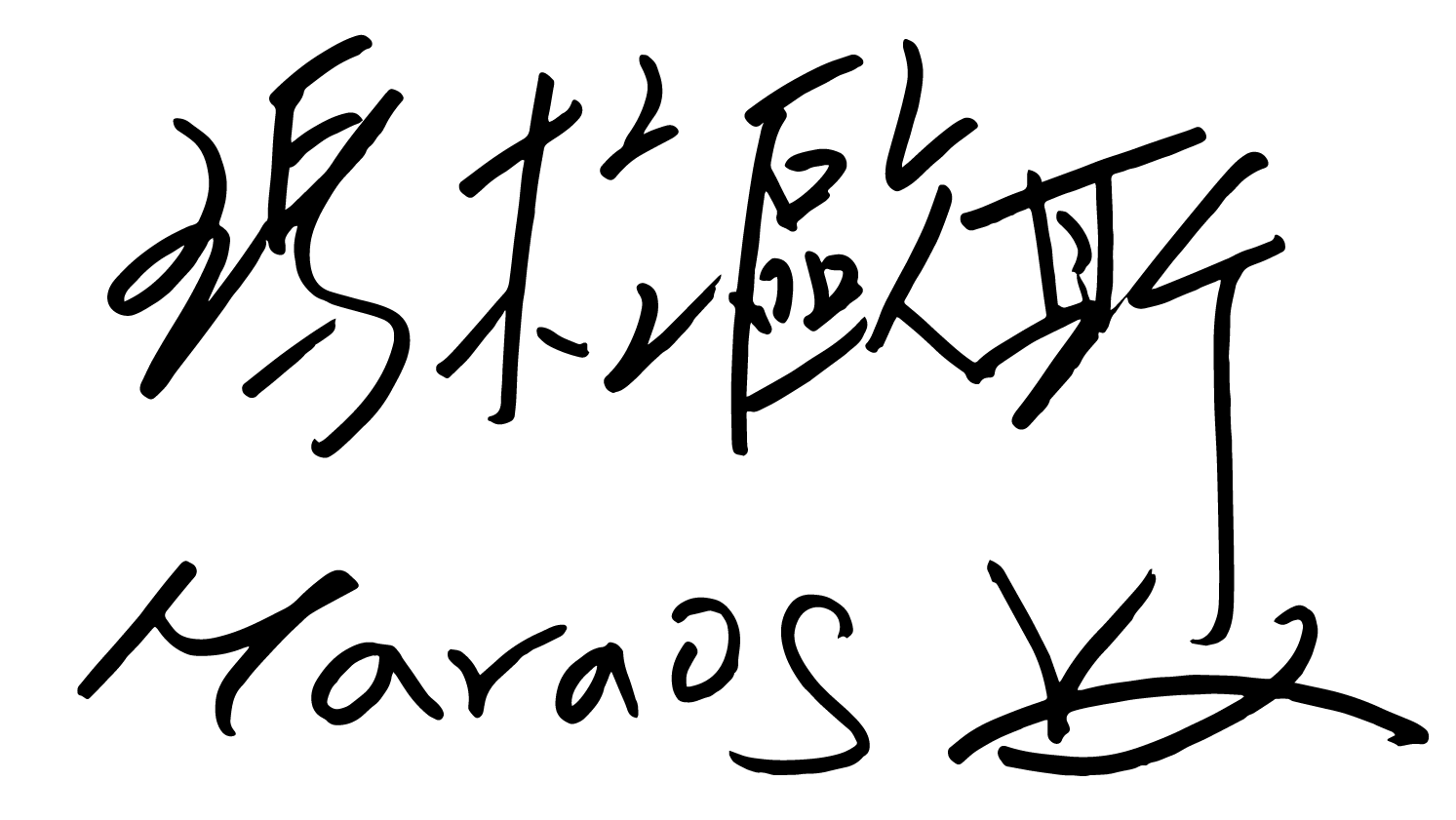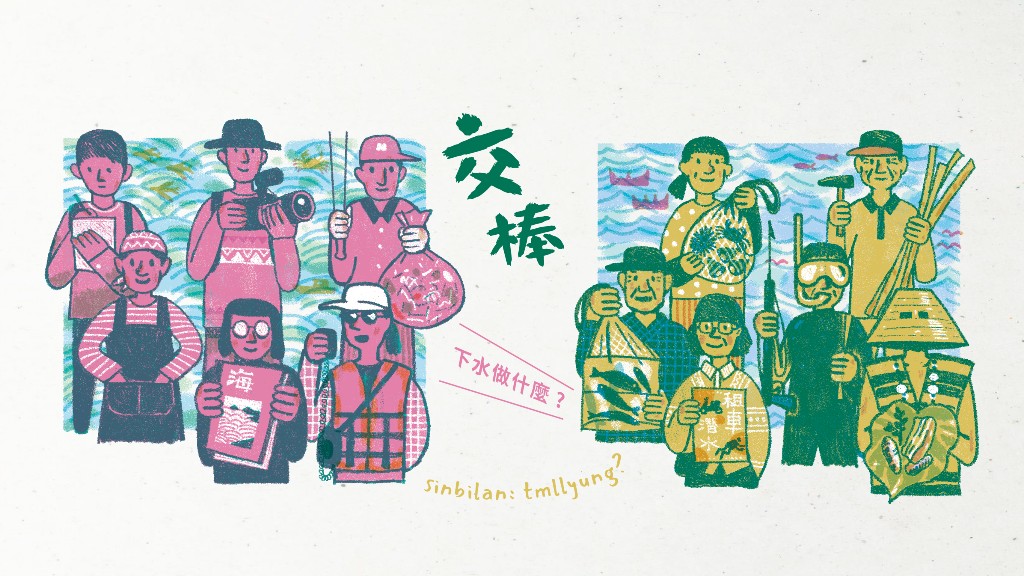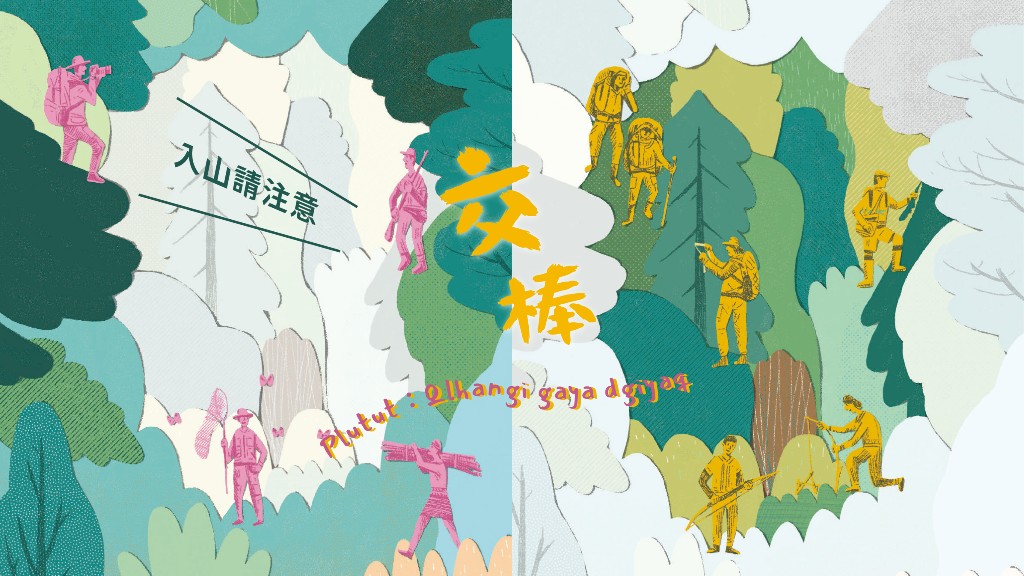Nimapo noka 1980 do awan, o kapakdeng da mangay macingosongoso nia do seyvo so pimeymapian no yacimin, o makgeng a malavat da vazay am, pipakakatan no makakaday a pimasawdan no yancomin.tana ipamizeng da so mimatmatngeh no koka a panpanirsirngen am, sira rana mapinakem so macinenenet do seyvoa tao am, ipangonong da o makakaday a cicirawat aka no panakenakeman no yancomin.
Yarana mikabcil do awawan o yancomin a nimzadang do tana no Tayway ya, am cinarahet o da kapakakanakan so yancomin no pangangavangan do Taywan, ano yanakenakmen o mina vazay da no macingosongoso no kapian no yacomin am, ya mikadowa o makdeng a vazay do jia, ikasa na am, pacikapian no tao a vazay, ikadowa na am, da pakakanakanen o yancomin no seyvo. oya am, da kabedbedan a ya katoposan no makowan sira a macinenenet a yancomin, a jia gonagonay so nakem do onowne.
ya macikeyras siciakoa ya a malalavayo a tao am, pangozayan da o mian nvazay da no amcingosongoso a tao, ipaka zames da so kabedbedan a vazay no makeykeylian, nokakoa am, mangay sira o mimatmatngeh no vazay a tao do pikeylilian, a mapazimam so vazay do tao, a omononong do makdeng a ikoikod, inarahen no malalavayo a tao o akma so sang, ta nomangay paciamizingan o kamanrarakehan am, mimamayo a makdeng a oyowyat do kataotao.
Ya domket do 《原視界》31期 o cirecireng da no nimamnoma a macingosongoso a tao, aka no nimacikeyras siciakoa ya a tao, nokakoa pa am, lovoten da o maciangay jira so nakem a tao, mangay sira do pikeylilian a omononong do makdeng a vazya, kalovot da rana mangay macingosongoso do seyvo; o malalavayo a tao siciakoa ya am, da topadketa o vatvatek do wanglo, a da tongonongi o da kapivazay sia no tatasa ka tao, naipitarek rana no vazay do pacingosongosowan, am no pangozayan da no malalavayo a tao o minavazay no kakoa am, manoyong a ipipakatkat no aktokto do pacirawayan da a a vazay.
A key to the flourishing indigenous movement of the 1980s was a clear objective stemming from an ethnic perspective. Besides appealing to political power, activists of the previous generation interpreted the subjectivity of indigenous cultures.
While indigenous peoples have lived in Taiwan for thousands of years, they have often been oppressed by the elites of modern society. From the developmental processes of past indigenous movements, two important factors become clear: ethnic subjectivity and the gap in social status between indigenous peoples and the ruling elite. Understanding these two factors greatly impacted activists and their followers; with clarity of belief they could not be frightened or swayed, and laid the foundations of the indigenous movement.
Looking back on past experience, the new generation of activists should understand the need for social movements to have a clear sense of community character and core appeal to create explosive impacts. The importance placed by activists of the past on traveling to Taiwan’s various indigenous communities to promote ideas and mobilize is something for the younger generation to consider, as it is connecting to communities that creates a better understanding of meanings and goals, and builds a tenacious movement.
In the 31st issue of Indigenous Sight, we invite junior and seasoned activists to engage in a cross-generational conversation to explore different perspectives on the indigenous movement. While, for example, the older generation focused more on groups and bringing community participation to the streets, the younger generation's use of the internet and social media allows everyone’s individual voice to be heard. Different eras and social contexts give rise to different styles of social movements, and provide the nutrients to nourish the next generation of activists.
Panirsirngen do yanbonkay
Chairman of the Indigenous Peoples Cultural Foundation







